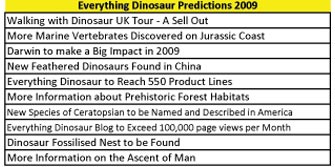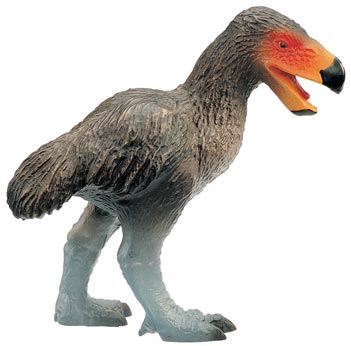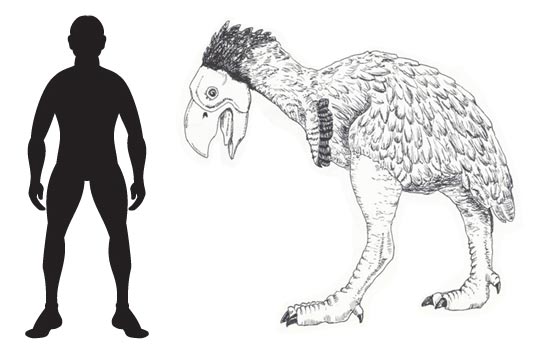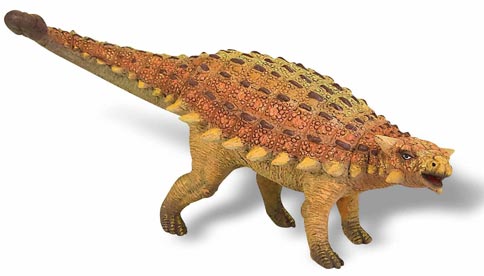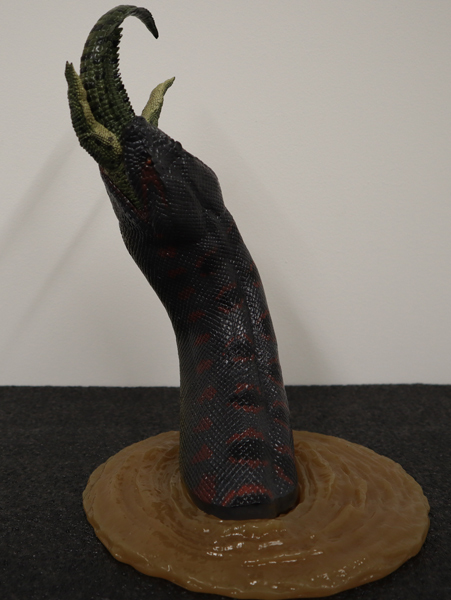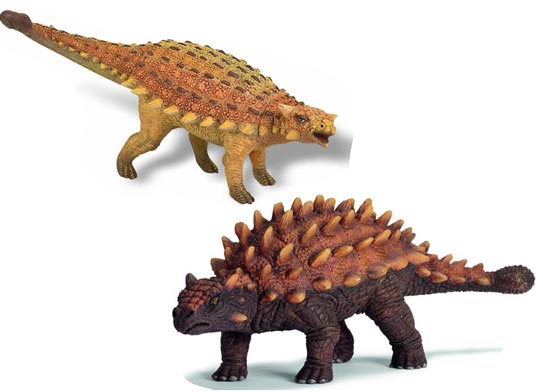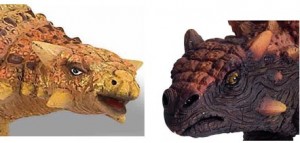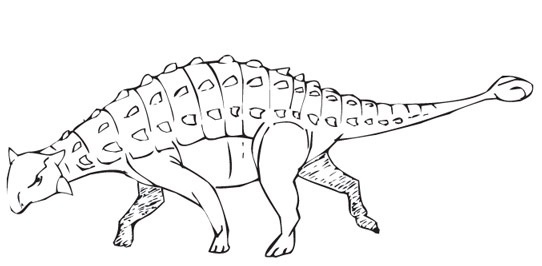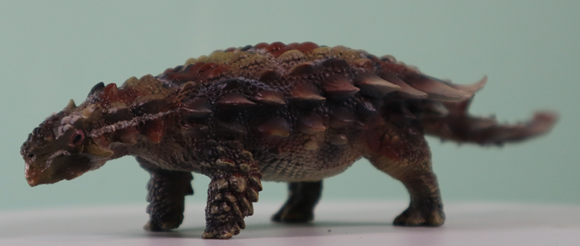From the Water and Onto the Land 35 million Years Earlier According to New Research
Polish Quarry Footprints indicate Tetrapods on Land 395 million Years Ago
One of the most important developments in the history of vertebrates, incidentally, our evolutionary history as we humans are vertebrates, was the movement of tetrapods from a water based environment onto the land. Scientists had believed that this momentous event took place some time around 360 million years ago (Late Devonian). However, the discovery of several sets of footprints, unearthed in a disused Polish quarry, is forcing scientists to re-think the emergence of vertebrates capable of walking around on land, pushing back the date to 35 million years earlier.
Tetrapod Footprints
The tetrapod group consists of all four-limbed vertebrates. The fossil record had indicated that this important group evolved sometime in the Late Devonian, but this new discovery means that scientists may have to re-write the geological time-line. Amphibians, reptiles, birds, mammals and of course human beings are all tetrapods.
The origins of the tetrapod group remain unclear, tetrapods have distinct digits, limbs with wrist and elbow joints and interlocking pegs associated with the backbone. From fossils of creatures such as Ichthyostega and Acanthostega, two tetrapods whose remains are associated with Devonian river and lake deposits from Greenland it is thought that these adaptations evolved in animals that lived primarily in water, replacing the earlier theory of strong limbs developing in creatures that were crawling around on land. Although it is not disputed that limbs evolved from fin-like appendages, not all forms of fish fin are suitable to evolve into limbs equipped to walk around on land.
The fish Order panderichthyids had two pairs of narrow fins. Each fin-like appendage had a single bone that joined the shoulder or hip girdle, it is from these types of fish, with their peculiar fin arrangement that tetrapods are believed to have evolved from.
The depressions in the rock strata, can clearly be seen in the photographs, these are the trackways the scientists are studying.
The Oldest Tetrapod Tracks
Commenting on the paper, due to be published in the scientific journal “Nature” co-author Grzegorz Niedƃwiedzki, a palaeontologist at Warsaw University stated:
“These are the oldest tetrapod tracks and also the oldest evidence of true tetrapods”.
The research paper describes the sets of trackways, that were left in strata representing an inter-tidal zone. These footprints (known as trace fossils), were made by several individuals, some of the prints are over 25 cm in diameter, indicating animals in excess of 2.5 metres long. These were sizeable creatures, wandering on the exposed tidal flats.
“We are dealing with creatures that were walking”, commented Marek Narkiewicz, a geologist at the Polish Geological Institute and co-author of the research paper.
Discovered in an abandoned mountain quarry, the tracks suggest that tetrapods were walking planet Earth tens of millions of years earlier than previously thought.
Tracks are Older than the Oldest Known Fossils of Lobe-finned Fish
The tracks are also approximately ten million years older than the oldest known fossils of the lobe-finned fishes believed to be the transitional forms between fish and tetrapods. Specimens of the panderichthyid; Elpistostege discovered in Devonian strata in Latvia is thought by scientists to be an ancestor of animals like Ichthyostega, however, these footprints of tetrapods moving around on land pre-date Elpistostege.
Commenting on how the Polish trackways will alter scientist’s thinking Per Ahlberg, a palaeontologist at Uppsala University (Sweden) stated:
“These transitional fish [Panderichthyids] continued to exist alongside the tetrapods for quite some period of time. It is not so strange for one type of animal to live alongside its evolutionary successors, several feathered dinosaurs, for example, continued to exist alongside birds for millions of years”.
Feeding in a Lagoon
The trackways were formed on the exposed mud of a lagoon, this finding contrasts with other Devonian tetrapod discoveries that show animals capable of living on land existing in freshwater habitats. The researchers suggest in this new paper that locomotion on land evolved so that predatory animals could take advantage of the dead and dying creatures that had been washed up by the tide, or left exposed as the tide went out. Twice a day, these carnivores would have had access to marine animals stranded as the tide receded. Scientists have postulated on the theory that access to this food resource was the evolutionary motivation to develop sturdy limbs capable of propelling a creature around on land.
Per Ahlberg added:
“If you’re picking off dead and moribund animals in the strand land—those things left behind by the receding tide—well then you don’t need to be terribly good at moving around. You just need to be able to haul your way out, eat what you want to eat, and then haul your way back into the water again.”
It is hoped that these newly discovered trace fossils will help scientists to piece together the tetrapod puzzle, just when did our ancestors start walking on land and why did they begin to do so?
Perhaps the Polish quarry will yield more secrets, helping to shed light on this aspect of our own evolution – a bit of a fishy tail.
For models of creatures that lived in the Paleozoic: Prehistoric Animal Models.



